Let’s face it: winter weather is tough. Whether you’re simply facing colder temperatures or battling with snow and ice, winter is difficult on us all–and that includes our dogs. Here are 10 tips to make sure you and your dog are walking in a winter wonderland that’s safe for your dog!

This post sponsored by Groom.
It’s Cold Out There
We all want to stay active in the winter but, if the temperature is too cold for us, it’s too cold for our dogs.
That means we need to bundle up and take extra precautions to keep our dogs safe during these winter days.
Protecting your dog’s back and belly with a sweater or coat can help hold in that body heat, just as our own coats do for us.
Dry Skin and Coat
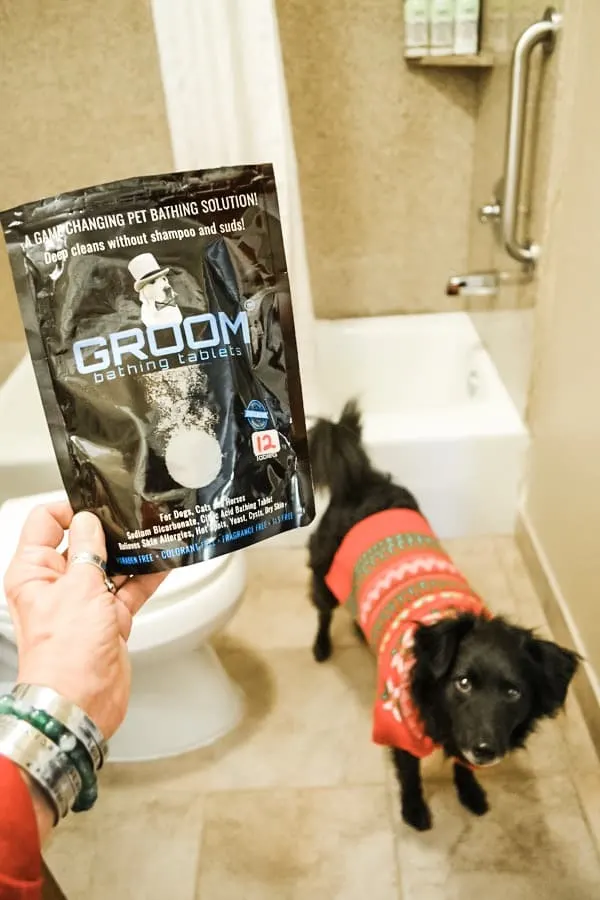
We all know how our skin feels in the winter. Dry. Flaky. Itchy. We put lotion on our skin…but what about our dog’s skin during these winter months when the heater has dried out the air in our homes and the outdoor air further dries out his skin?
Skin and coat care continue throughout the winter months just like they do during the hot summer season. Sure, your dog may not be swimming and drying out his skin during these chilly days–but his skin and coat are definitely challenged by Mother Nature.
petMD.com also recommends these tips for both preventing and treating uncomfortable skin problems in dogs:
- Avoid bathing your pet with shampoos or soaps during the winter. They can strip away natural oils and moisture and result in dandruff. Simple water baths should be sufficient.
- If shampoo is absolutely necessary, make it a moisturizing shampoo, and add in an additional moisturizing rinse.
- If you have passed the point of prevention and need to treat your pet for irritated skin, oatmeal baths are a well-regarded remedy.
- When choosing products for treatment, you need to keep in mind your pet’s age, health status, coat type, skin folds, and more. It is best to speak directly with your veterinarian or groomer for recommendations.
- Use a soft brush on your dog’s coat. This will stimulate the hair follicles and natural oil glands, removing dead skin cells and loose hair and giving the skin a better chance to heal.
- A nutritionally balanced diet year-round will keep your pet’s skin in its best condition.
- Make sure your dog is receiving adequate levels of omega-3 and omega-6 fatty acids. Consult your veterinarian to determine if your pet’s food contains proper levels, or if cat or dog supplements would be best.
- You can’t control the outside temperature, nor can you keep your pet indoors all the time. You can, however, maximize your indoor air quality through the use of humidifiers and fans to keep air circulating and prevent allergens from collecting.
Protect Your Dog’s Paws
We wouldn’t step outside in the winter without our shoes, so why should our dogs?
Booties not only protect your dog’s paws from cold pavement, ice and snow, but also from dangerous de-icing chemicals.
Avoid De-Icing Salt
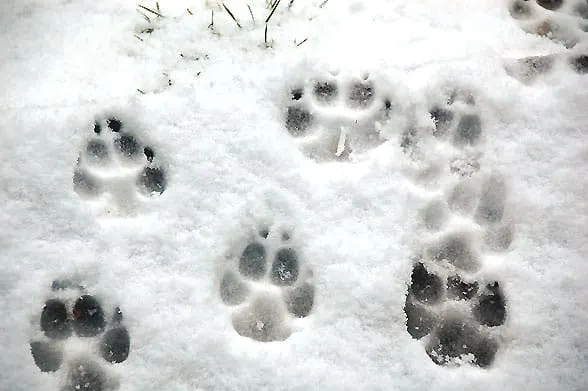
Avoid salted areas (and all de-icing chemicals). If your dog does walk through chemically-treated areas without booties protecting his paws, be sure to wash his paws thoroughly. You don’t want your dog to lick the salt from his paws.
You can use GROOM bathing tablets in a paw plunger or a tub of water to help deep clean salt from your dog’s paws without risk of further drying your dog’s sensitive paws.
Eyes Out for Antifreeze
Antifreeze is extremely toxic to dogs-and, unfortunately, also very appealing due to its sweet taste. Watch for puddles of antifreeze and steer your dog clear!

Trim Between Toes
The fur between your dog’s toes can hold painful balls of ice as well as de-icing chemicals. Keep paw fur trimmed short to make cleanup easy.
When you return home from a winter dog walk, take a moment to check between your dog’s toes for balls of ice and snow.
Don’t Get Lost
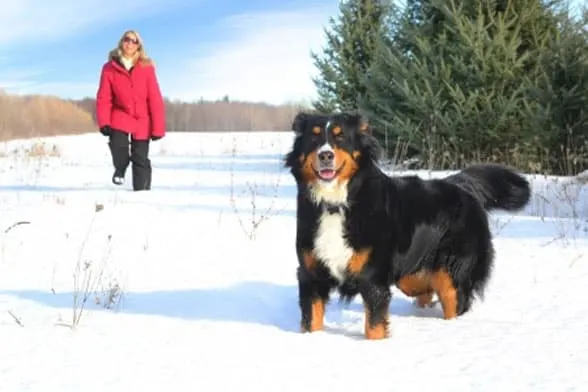
A blanket of snow on the ground makes it tougher for dogs to find their way by scent. Keep your dog on leash or invest in a GPS tracker so that you can track your dog with your smartphone.
Watch for Frostbite
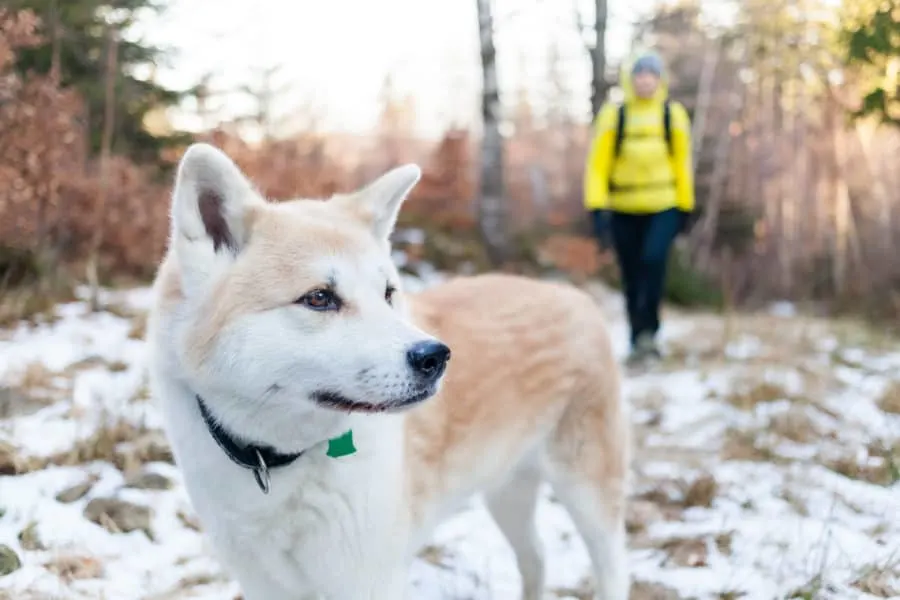
Freezing temperatures puts extremities at risk; areas like unprotected ear tips are especially vulnerable. Limit the time your dog is outside in freezing temperatures and watch for white or blue skin.
Moisturize Paw Pads
As with our own skin, your dog’s paw pads become dry and can crack due to winter weather. Be sure to moisturize your dog’s paw pads to prevent painful cracking.
Head off Hypothermia
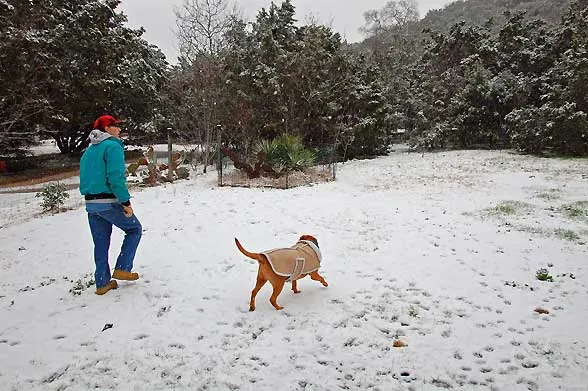
A drop in your dog’s core temperature means dangerous hypothermia.
Senior dogs, dogs with short coats, and very young puppies are especially susceptible. If you suspect your dog may have hypothermia, call your veterinarian.
Avoid Winter Allergens
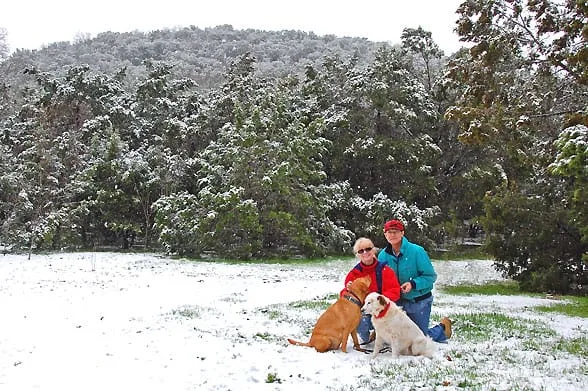
In some parts of the country–like our home base in Austin, Texas–winter means allergen season. For us, it’s cedar pollen.
Your dog comes home from a winter dog walk covered in allergens–one that he then sheds on your furniture and on you.
Help avoid winter allergens by continuing your dog’s grooming schedule. A quick bath with GROOM Bathing Tablets, whether that’s a paw wash or an all-over bath, helps remove allergens, dust mites, pollen, and mold. Not only will you help your dog avoid itchy skin–everyone in your house who suffers from seasonal allergies will thank you, too!
Share It:

- Review: Jimmy BX7 Pro Anti-Mite Vacuum Cleaner - December 16, 2024
- 🎉 GIVEAWAY: Lord of the Pets Portrait of Your Dog! - November 26, 2024
- Review: Lord of the Pets Portraits - November 17, 2024
